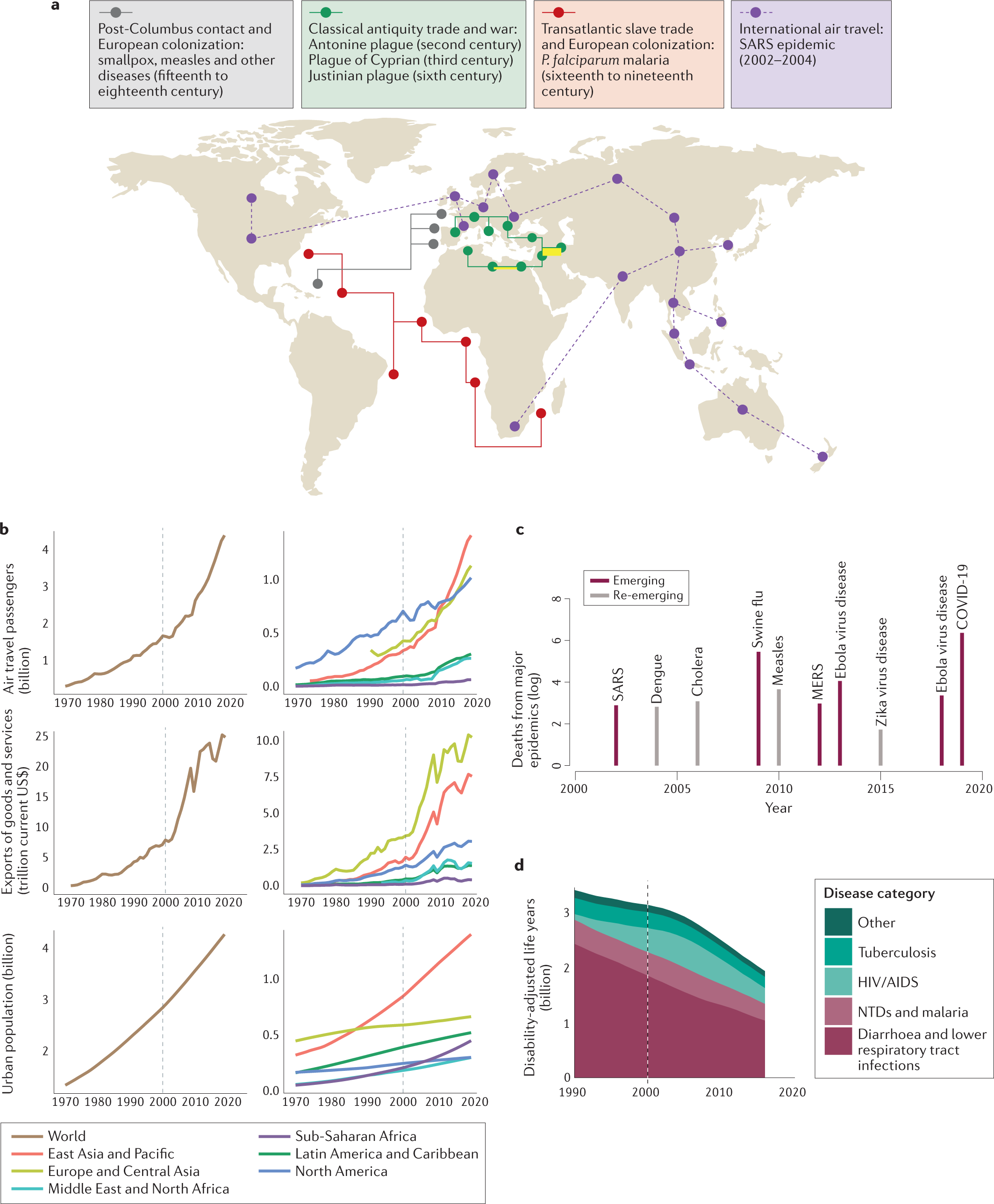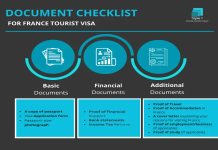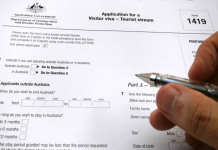Okay, so I’ve been asked a few times how I handle traveling to places where, let’s be honest, you hear horror stories about catching nasty bugs. It wasn’t like I just woke up one day and booked a ticket without thinking. Took some real steps, learned a few things along the way.
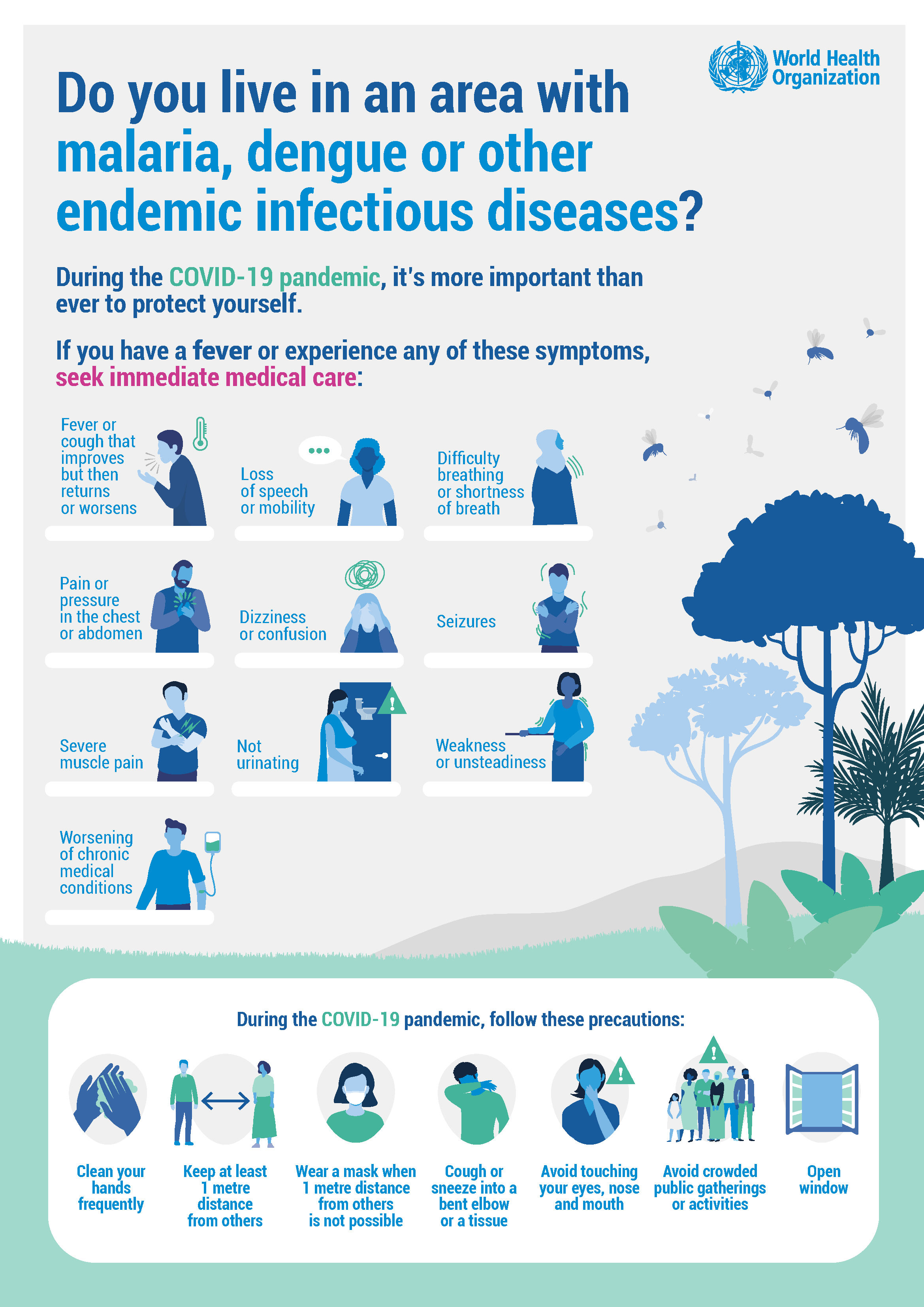
Before I Even Packed My Bags
First thing I did, way before booking flights, was figure out what exactly I needed to worry about in the specific region I was eyeing. Wasn’t just a general “oh, it’s risky.” I dug into what diseases were actually common there. Malaria? Dengue? Typhoid? Cholera? Yellow Fever? You gotta know the enemy, right?
So, I did some searching. Not just random blogs, but looked up info from health organizations, though sometimes you gotta take that with a grain of salt too. The most useful step? Making an appointment with a travel doctor. Not just my regular GP, but someone who specializes in this stuff. This was maybe two months before I planned to leave.
That appointment was key. We talked about where I was going, for how long, what I’d be doing (staying in cities vs. trekking in the jungle makes a big difference). Based on that, the doc laid out the necessary shots.
- Got my routine stuff updated – tetanus first.
- Then the specific ones needed for that area. Could be Yellow Fever, Typhoid, Hep A… depends where you go. Some need multiple doses weeks apart, hence the early doctor visit.
- Discussed Malaria pills. There are different types, some you take daily, some weekly. Had to figure out which one worked best for me, considering side effects and the specific malaria strain there. Started taking them before I left, like the doc said.
Also got prescriptions for backup meds. Stuff like a general antibiotic just in case, and something for severe traveler’s diarrhea. Better to have it and not need it, learned that the hard way on a previous trip.
Packing Smart, Not Just Light
When it came to packing, safety stuff was non-negotiable.
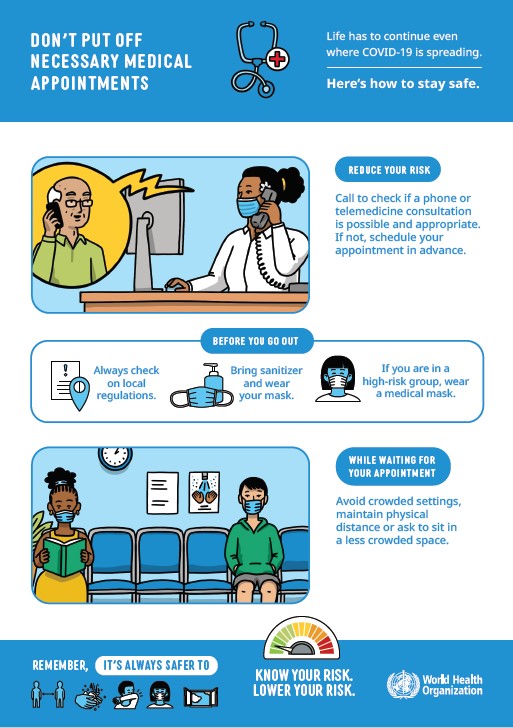
- A solid first-aid kit: More than just band-aids. Antiseptic wipes, gauze, tape, pain relievers, allergy meds, motion sickness stuff, and those prescription meds I mentioned.
- Insect repellent: Not just any cheap stuff. I looked for ones with a high percentage of DEET. Picardin is another option people talk about. Bought enough to last the whole trip. Also got some permethrin spray to treat my clothes and mosquito net before I left.
- Hand sanitizer: Loads of it. Small bottles for pockets, bigger one for the room. Used it constantly.
- Water purification: Didn’t always trust bottled water seals. Carried a water filter bottle and some purification tablets as a backup.
- Sunscreen and a hat: Sunburn weakens you, makes you more susceptible to other things.
- A basic mosquito net: Even if accommodations said they had them, sometimes they had holes. Brought my own lightweight one.
On the Ground: Staying Alert
Once I was actually there, it was about being constantly mindful. Not paranoid, but aware.
Food and Water discipline was huge.
- Stuck to bottled water mostly, or water I treated myself. No ice in drinks unless I was absolutely sure it was made from purified water (which was rare).
- Brushed my teeth with bottled water. Sounds extreme? Maybe, but dental hygiene is important, and tap water was a no-go.
- Food wise, the old rule: “Boil it, cook it, peel it, or forget it.” Mostly ate food that was served piping hot. Was very careful with street food – only ate from busy stalls where stuff was cooked fresh in front of me. Avoided salads and uncooked veggies unless I washed and peeled them myself. Fruit I could peel was usually okay.
Fighting the Bugs (Literally):
- Used that insect repellent religiously, especially around dawn and dusk when mosquitoes are most active. Reapplied after swimming or sweating a lot.
- Wore long sleeves and pants when possible, especially in the evenings or in jungle areas. Light-colored clothing is apparently less attractive to some insects.
- Slept under the mosquito net every single night. Tucked it in properly.
- Did a quick check for ticks if I’d been walking through grassy or wooded areas.
General Habits:
- Washed my hands constantly. Soap and water whenever possible, hand sanitizer when not. Especially before eating.
- Tried to avoid swimming in freshwater lakes or rivers. Schistosomiasis isn’t fun, trust me. Ocean swimming was generally fine.
- Kept cuts and scratches clean and covered. Infection happens fast in humid climates.
- Listened to local advice regarding safety, including areas to avoid.
It’s not about being scared the whole time. It’s about taking practical steps, being prepared, and then trying to relax and enjoy the experience. You do the prep work, you stay mindful of the basics like food, water, and bugs, and usually, things turn out fine. Never had a major issue following these steps, just requires a bit more effort than your average beach holiday.
